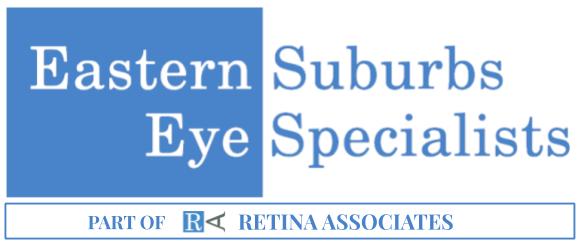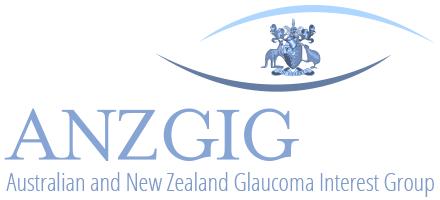What is Optical Coherence Tomography?
Optical Coherence Tomography, or ‘OCT’, is a technique for obtaining sub-surface images of translucent or opaque materials at a resolution equivalent to a low-power microscope.
It is effectively ‘optical ultrasound’, imaging reflections from within tissue to provide cross-sectional images.
What Can an Optical Coherence Tomography Show?
Optical coherence tomography (OCT) is used mainly to depict structural characteristics and enables functional imaging of live, intact tissue. OCT is useful for:
- obtaining high-resolution images of the retina and anterior segment,
- showing cross-sections of tissue layers with micrometre resolution.
OCT devices have been engineered to perform similar functions as Fluorescein Angiography, but without the need for injectable dye.
OCT can also provide information about such dynamics as blood flow, collagen organization, and oxygenation.
Why Has the OCT Been Recommended?
The test may be recommended when there is
- Trouble reading or concentrating on any activity that requires fine vision
- Straight lines appear wavy or bent
- Difficulty seeing people’s faces
- Straight lines appear ‘wavy’ or ‘bent’
- Seeing ‘dark’ or ‘empty’ patches in the centre of your vision.
What Conditions Can OCT Diagnose?
OCT provides a straightforward method of assessing
- The Cellular Organization,
- Photoreceptor Integrity
- Macular Hole
- Macular Pucker
- Macular Oedema
- Age-related Macular Degeneration
- Central Serous Retinopathy
- Diabetic Retinopathy
- Preretinal Membranes
- Glaucoma
- Corneal Edema
Preparation For Optical Coherence Tomography
For the angiography procedure ask your doctor which medications you should take the morning of the procedure and which should stop.
- This is especially important if you take blood-thinning medications.
- If you take insulin or other diabetes medications talk to your doctor in advance how to adjust your medications.
- Do not eat anything after midnight the day of your procedure.
- Ask your doctor if you can drink clear fluids several hours before the procedure.
- If you are allergic to iodine, x-ray dye or shellfish, let your doctor know.
- Bring all your medications with you to the the practice.
- You may bring your glasses, hearing aids and dentures.
What Happens During Optical Coherence Tomography Test?
Prepare for the OCT exam, the ophthalmologist may put dilating eye drops in the eyes. These drops widen the pupil and make it easier to examine the retina.
You will sit in front of the OCT machine and rest your head on a support to keep it motionless.
The equipment will then scan your eye without touching it. Scanning takes about 5-10 minutes.
Results
To receive the results it will take about 5-10 minutes.
Downtime
If the eyes are dilated they may be sensitive to light for several hours after the exam.
Arrange to have someone bring you to the hospital and drive you home. You will not be able to drive after the procedure.







